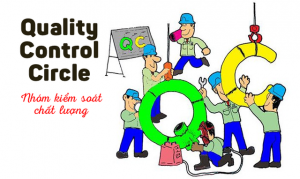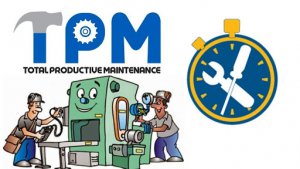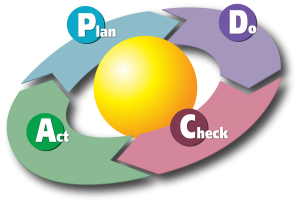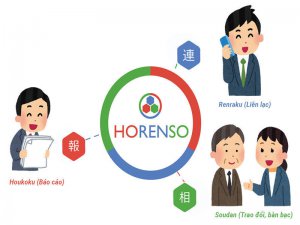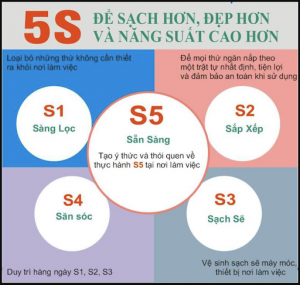The skills to lead the change
Companies often fail because their strategic changes do not lead to changes in employee behavior, John P. Kotter argues. He identified the most common mistakes in change-over effects and showed eight steps to overcome obstacles.
The “Skills to lead the change” course will be an inspiration to those looking for ideas to reform a company, but also very practical for all those who have a share and want a change in their organization.

COURSE OVERVIEW
Name of the course: The skills to lead the change
Object: Line leader, supervisor, team leader, sub leader
Training time: 2 – 3 days (designed as customer’s requirements)
Language: Vietnamese
Lecturers: Vietnamese
Forms of training: Inhouse or Public workshop
Training methods: Lecture presentation, discussion, and practice are organized in the classroom
PURPOSE OF COURSE
- Explaining the inevitability of change and the importance of adapting to an ever-changing environment
- Developing positive skills and attitudes to cope with change
- Applying a change management model to lead your team to make breakthroughs
TRAINING CONTENT IN THE COURSE
1. Challenges for employees in the 21st century with the ever-changing environment
- VUCA era
- Technology change
2. Introduction to change leading
- Understanding the nature of change
- Understanding the need for change
- Understanding why we resist change
- Knowing about 4 types of change management
- Practice: being aware of the nature of change in the present context
3. The model leads yourself through change
- Stage 1: Denying
- Stage 2: Being angry
- Stage 3: Discovering
- Stage 4: Accepting
- Teamwork: each team chooses an happening or imminent change in your organization and outlines a personal strategy for responding.
4. The model leads the team through change
- Stage 1: Denying
- Stage 2: Being angry
- Stage 3: Discovering
- Stage 4: Accepting
- Activity: Recognizing how other people have changed
5. The necessary new capacities of the 21st century human resources
- The ability to self-study
- “Follow the nature”
- Listening and communicating openly
- Managing relationships
6. Course summary, action plan and certification
FEEDBACK
"This course will bring you a lot of value"
"The "Leading Change" course provides a number of experiences and positive role models for leaders to learn."
"The course will inspire all who have participated in a change in their organization (including kaizen)"
















